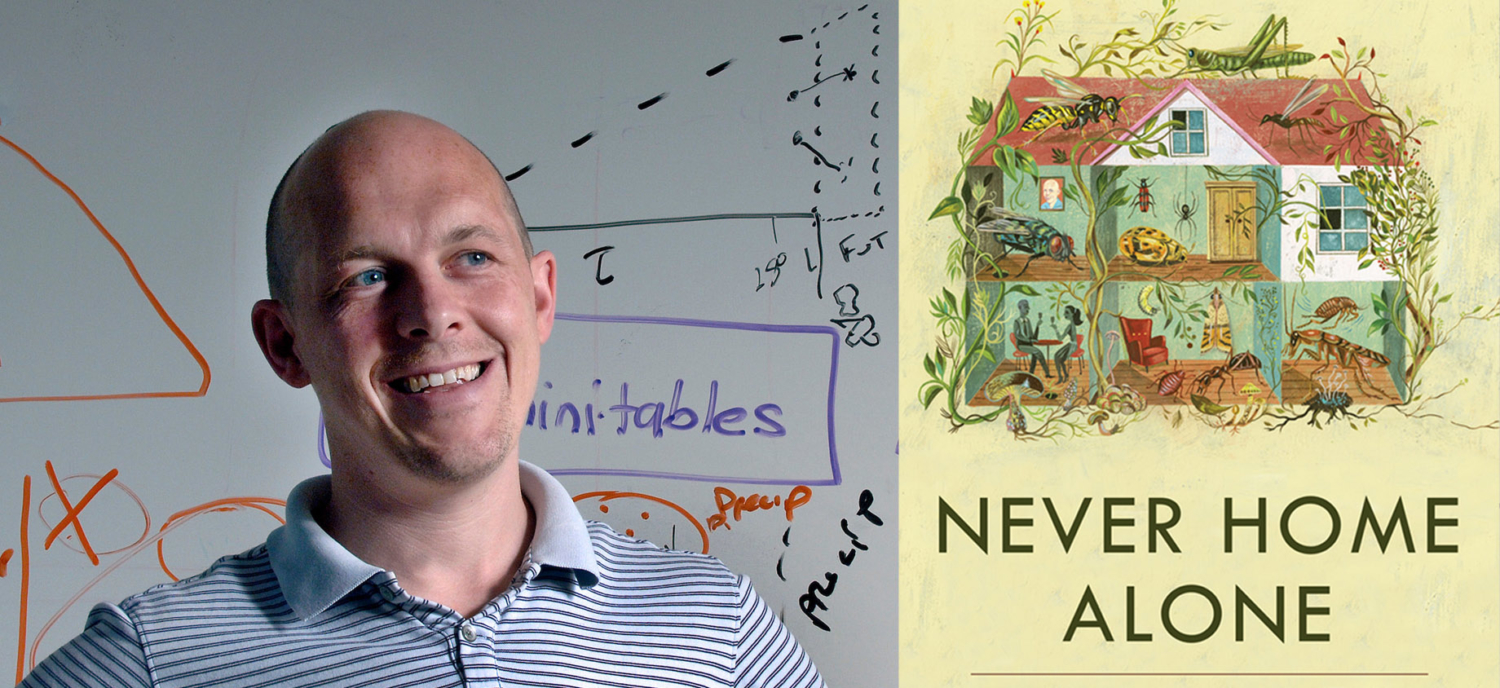
CALS Book Club:
Applied Ecology's Rob Dunn
Rob Dunn knows what lurks in the depths of your basement.
And along your baseboards. And inside your dishwasher.
Just don’t ask about your pillowcase. He knows that too, but you might not want to.

To gather data for his fifth book, Dunn partnered with scientists across the country – and a global coterie of citizen scientist volunteers. The result is a tour of the microscopic world inside the place we think we know best: home sweet home.
“Never Home Alone” made a splash when it debuted in fall 2018, drawing attention from national media like the New York Times and NPR’s Fresh Air with Terry Gross. Dunn is also the author of top science sellers “The Man Who Touched His Own Heart” and “Never Out Of Season.”
And for those who may think of our microscopic roommates as creepy-crawlies, Dunn’s book offers a new perspective.
“This context lets us contemplate the beauty and grandeur of the life around us every day,” Dunn says.
Why inside?
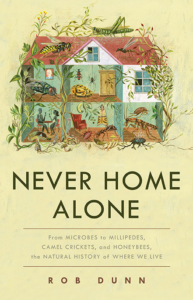
Starting in the 19th century, Dunn writes, humans began to spend more time indoors than outdoors. Now, most people in the United States and Europe average about 90 percent of their time indoors, according to a 2001 study by the Environmental Protection Agency.
“In terms of the biology that influences daily lives, the indoors is very relevant,” Dunn says.
When Dunn, his team of scientists and their citizen scientist volunteers dove in, they were amazed at what they found. In one striking example, the Japanese camel cricket, once thought rare, is actually a common resident of North American basements.
Dunn’s past citizen science projects have covered subjects from sourdough bread to armpits. The book’s title comes from one of these projects: Volunteers around the world are invited to submit photos of arthropods spotted indoors. So far, the results have been varied and sometimes spectacular; students at an Islamic girls’ school in Malaysia sent in a photo of a spider the size of a human head.
Scrub everything or give up?
One of the most common questions Dunn hears: Can’t I just kill it all?
Short answer: Don’t.
“The more avidly we try to kill everything, the more we end up with species we don’t want around us,” Dunn says, citing growing numbers of antibiotic-resistant bacteria and a species of cockroach that developed resistance to poisons.
Instead, Dunn is developing a vision for better indoor living based on a common cooking concept: fermentation. Fermented foods create a community that “weeds” itself – the acidity kills harmful species with zero human intervention.
“A kind of microscopic indoor garden that weeds itself,” Dunn says, “that’s what we want in years to come.”
CATEGORIES: Animal and Ecological Systems, Research, Spring 2019
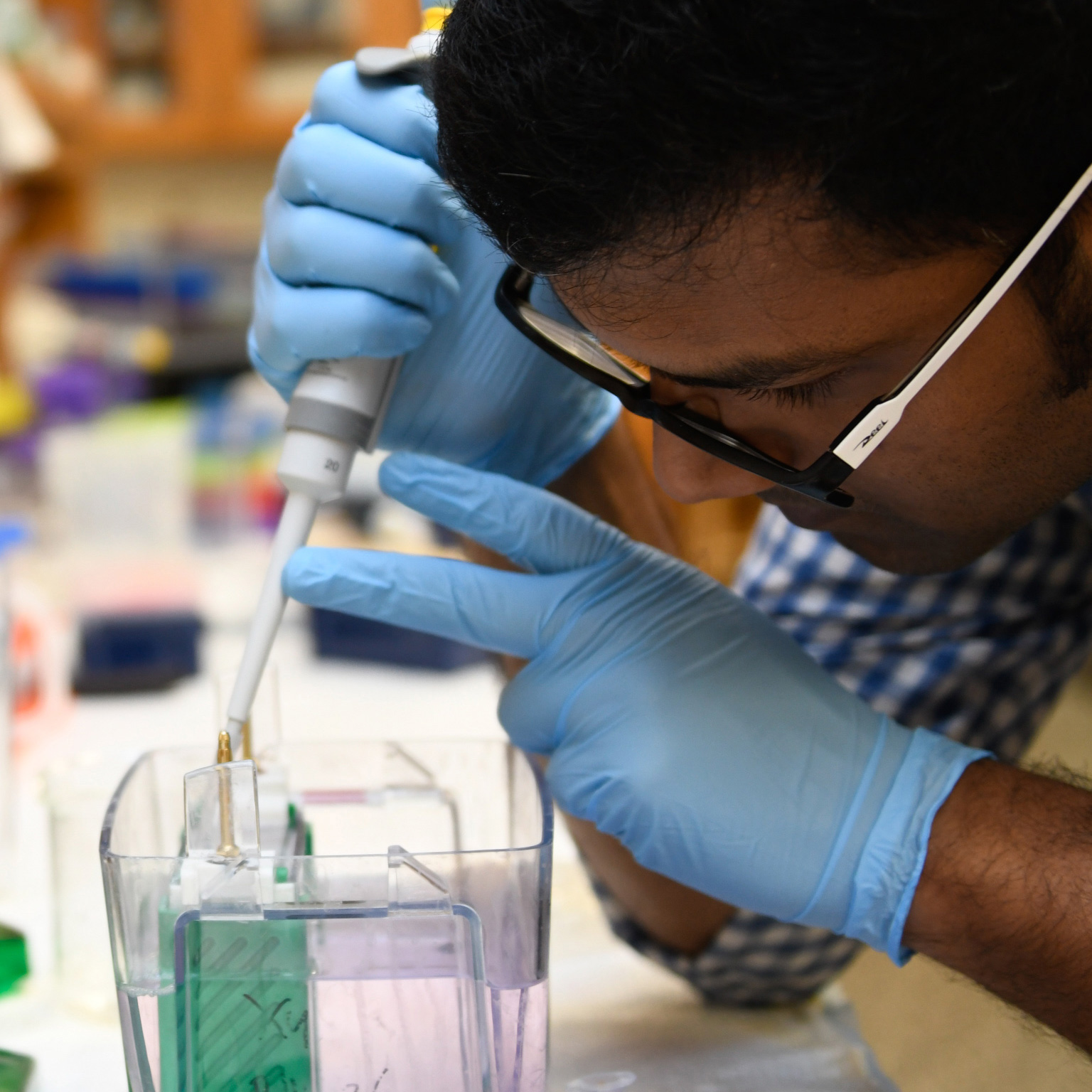


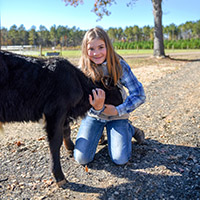

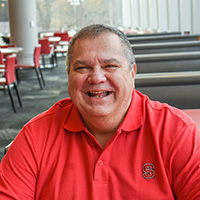
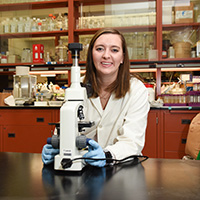

View Comments 0